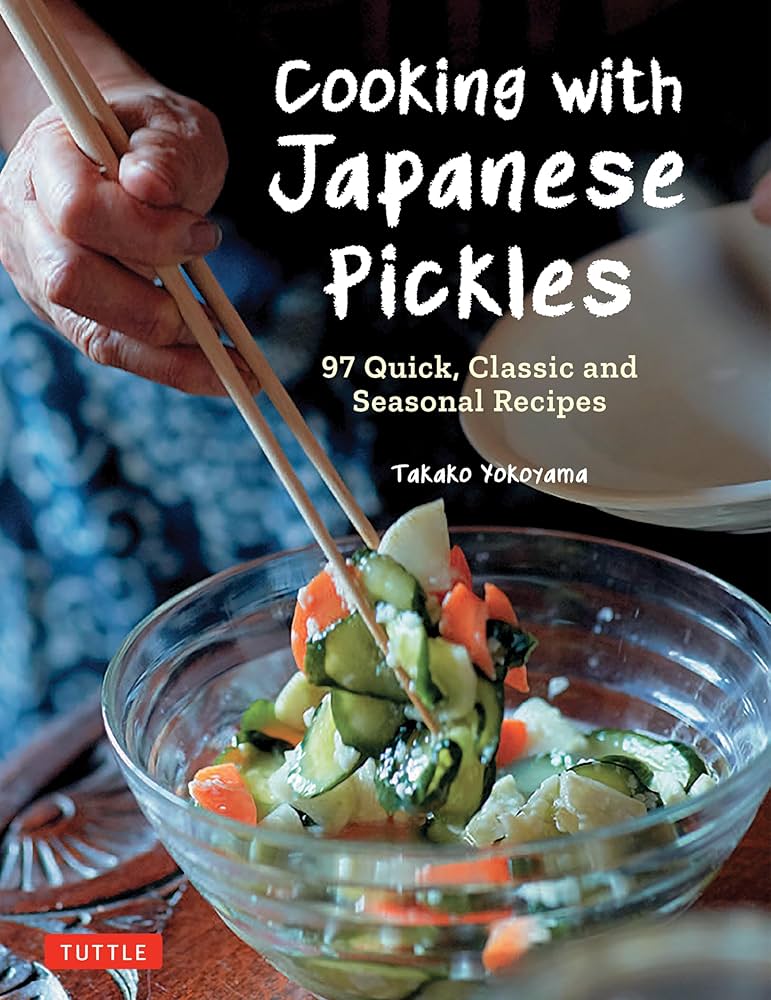Rediscovering the Art of Home Canning: A Delicious Revival
Growing up in the rich agricultural landscapes of Southeastern North Carolina, I often found myself drawn into the rhythm of farm life. The days were long, filled with tasks like grading bell peppers, but the real magic lay in our family’s tradition of food preservation. Whether canning sweet corn, shelling butter beans, or simply watching my grandmother skillfully transform plump tomatoes into jars of homemade tomato sauce, these experiences left a lasting impression on me. Now, as I look back, it’s clear: these moments of preservation were not just chores; they were threads woven into the fabric of our family heritage.
 The hands-on experience of canning creates lasting memories and delicious rewards.
The hands-on experience of canning creates lasting memories and delicious rewards.
A Journey Through Time: The Rise and Fall of Canning
A century ago, canning food at home was more than a hobby; it was a necessity driven by the need to preserve the bounty of harvests for leaner times. In fact, home canning saw its peak during World War II when families relied on canned goods to sustain themselves. However, following this golden age, the practice began to fade, overshadowed by industrial food production and changing lifestyles. It wasn’t until the recent pandemic that we witnessed a resurrection of this age-old craft, as people returned to their kitchens, seeking both comfort and practicality.
Today, canning has transformed into a joyful pastime, steeped in nostalgia and creativity. Individuals, many of whom have recently cultivated home gardens, are finding immense satisfaction in exploring the art of canning. The tangible rewards of seasonal produce—not to mention the joy of sharing homemade goods with loved ones—fuel this renewed passion.
Safety First: Navigating the World of Canning
As the canning community grows, so too does the spread of information—both helpful and harmful. With countless recipes and tips readily available online, it is crucial for new canners to understand the importance of food safety. Mistakes such as using untested recipes, altering ingredients, or improperly checking pressure canner gauges can result in dangerous foodborne illnesses, such as botulism. The key is education and practice. Proper knowledge of canning techniques, tools, and the science behind preservation is essential for safeguarding yourself and your family. Always seek out research-tested recipes to ensure a safe canning experience.
If you’re eager to leap into the world of home canning, consider joining an upcoming hands-on workshop hosted on October 7 from 1-3 PM, where participants will together can dill pickles while learning about the entire process. Under the guidance of Avery Ashley, the Family & Consumer Sciences Agent from Brunswick County, attendees will gain invaluable insights into pickling, fermentation, and pressure canning techniques. This event welcomes all, from absolute beginners to those looking for a refresher course. The workshop takes place at the N.C. Cooperative Extension - New Hanover County Center and Arboretum, with a nominal fee of $15 required for participation. Register here as space is limited to allow for effective hands-on activities.
 The colorful variety of pickled products offers something for everyone.
The colorful variety of pickled products offers something for everyone.
The Allure of Pickled Flavors
Modern-day pickling is not limited to just the traditional cucumbers. The landscape of pickled foods has expanded remarkably, giving rise to an array of colorful and creative options. For those with a penchant for egg dishes, there are delightful pickled egg recipes that showcase the versatility of home preservation.
Delightful Variations on a Theme
As we venture into the world of brine, let’s take a look at some fascinating recipes:
- Classic Dilled Eggs: Combine white vinegar, water, dill weed, and spices to rejuvenate hard-boiled eggs into a zesty treat.
- Red Beet Pickled Eggs: Adding red beet juice and a hint of brown sugar provides a sweet earthiness, turning your eggs a gorgeous hue.
- Dark and Spicy Eggs: For those who like an extra kick, experiment with dark brown sugar and liquid smoke for a smoky flavor profile.
Each recipe yields delicious results when the eggs are allowed to marinate for a week or two, enriching their flavor and texture while making for a stunning addition to any meal.
Conclusion: Embrace the Art of Preservation
In these times, as we cherish our local farmers and celebrate the abundance of homegrown produce, learning the art of canning becomes an act of connection. Not only does canning preserve seasonal flavors, but it also safeguards memories, allowing us to share our heritage and creativity with loved ones. Whether it’s the feeling of relish while watching tomatoes bubble away on the stove or the anticipation of opening a jar of pickles on a winter day, the joys of home canning are boundless.
So, as you garden this season, remember that each vegetable can be transformed into something extraordinary. The vibrant world of canning is waiting for you, inviting everyone to take part in this rewarding adventure!


 Photo by
Photo by 











